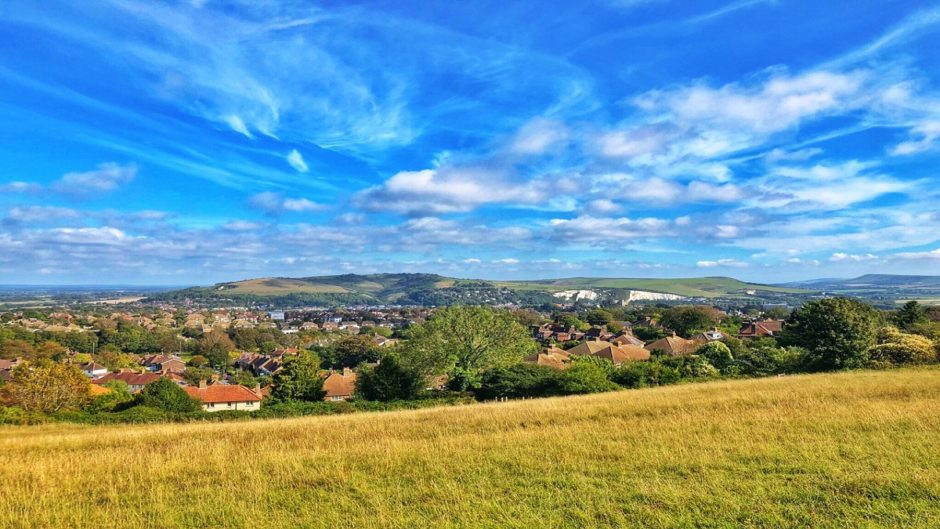Hassocks to Lewes walk in Sussex is a classic route in the South Downs National Park. If you’re looking for a serene and relatively easy day hike in the South Downs, then the Hassocks to Lewes walk should be right for you.
I’ve recently decided to see a lot more of the UK by foot. Countryside walks close to London have been Part 1 of that plan. Overall, it’s been going well. So well I’d say it has the potential to be a regular lifestyle habit even.
Going to Sussex to walk from Hassocks to Lewes was a wonderful introduction to hiking in the South Downs. Good exercise – but nothing too strenuous – and cool views across the Sussex Weald.
My last hike some weeks earlier was quite the opposite. For me there needs to be a good effort to reward ratio; on my hike in Box Hill there were plenty of tough climbs and not enough great views in return.
With the memory of that Box Hill Hike in Surrey still fresh, I started the day feeling a bit wary of what I’d find in the South Downs.
Turns out my hiker trepidation was in vain. This Sussex walking route served up crisp country air and all but one major hill challenge.
What is the South Downs Way?
South Downs Way is a 100 mile long national trail where you can walk across chalk ridges and stretches of grassland. It stretches from Winchester in Hampshire to Eastbourne in East Sussex.
South Downs is home to some of the most heralded walks in the south east of England. In fact, one of the best walks in the entire UK can be found here: the Seven Sister Cliffs walk.
Along the southern branch of the South Downs Way, the scenic hike follows rolling cliffs all the way down to Eastbourne.
While it’s hard to top walking along a magnificent chalk coastline, there are also beautiful walks across the non-coastal sections of South Downs Way. Never one to snub the underdog, I decided that it was time to check out the Hassocks to Lewes walking route.
How long is the walk from Hassocks to Lewes in the South Downs?
Hassocks to Lewes is a 10 mile linear walk which takes between 4 to 5 hours to complete. (5 hours if you have a constant photo-snapping habit and like to enjoy a leisurely lunch break on the grassland.)
Is the Hassocks to Lewes walk hard?
This is an easy to moderate walk. The toughest challenge is the hike up to the ridge. After the initial ascent the walk becomes an enjoyable stroll across gentle undulating hills along the chalk cliff.
How to get to the starting point for Hassocks to Lewes walk
Drivers, I recommend parking at the small carpark in front of Jill Windmill in Clayton. Good news: you’ll skip a steep hill climb altogether and get to enjoy the first nice viewpoint on the walk.
Walkers using public transportation should plan to arrive at Hassocks railway station. It’s really simple to pick up the walking path on arrival as the route is well sign-posted.
Hassocks to Lewes walk: arriving by train
Getting to Hassocks from London by train is simple. An early win for this walk.
At London Victoria, take the Southern national rail service headed to Littlehampton, Sussex. It takes an hour to get to the Hassocks station from London Victoria.
Perhaps if you book well in advance, as I did, you might even score a one-way single ticket for as low as £5.
Alternatively you can grab the Thameslink service from London Bridge to Brighton.
Hassocks to Lewes walk: Hassocks train station to Clayton
Pulling into Hassocks, I was caught by surprise. The railway station was not as I’d imagined whatsoever.
I was expecting to find “charming and old-fashioned” – similar to other stations I’d encountered in southern English villages – like the Chesham tube station on my Chess Valley walk. While surely that design was the case back in the 19th century when it was called “Hassock’s Gate”, it is not today. I disembarked at a small and modern station.

It was straightforward to find the waymarked path from the station that led to Clayton. Following a sign pointing to “South Downs Way”, my walk began.
Opposite the pub immediately outside of the station you will make a right on to the main road. After several feet, cross the road and follow the signs to join a path to the left.
The path runs parallel to the railway tracks, which I was happy about. Admittedly, I still get childish glee whenever trains whizz by. Wave, even…
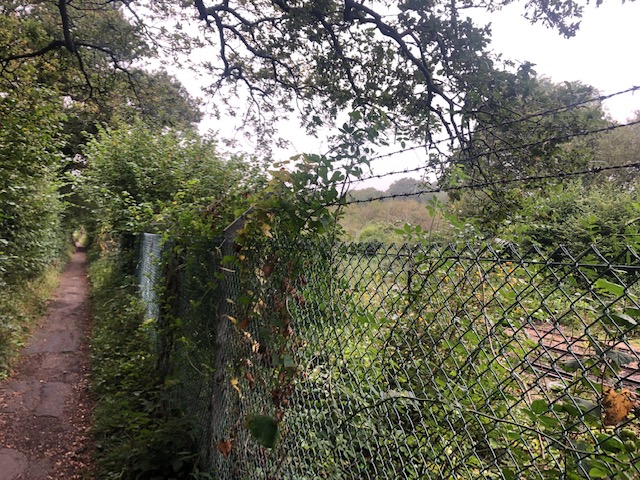
Landmarks on Hassocks to Lewes walk #1: Clayton Tunnel
At the end of the path, two towers caught my eye. This called for a bit of investigation. Dashing across the (busy) road, I discovered the castle-like entrance to Clayton Tunnel.
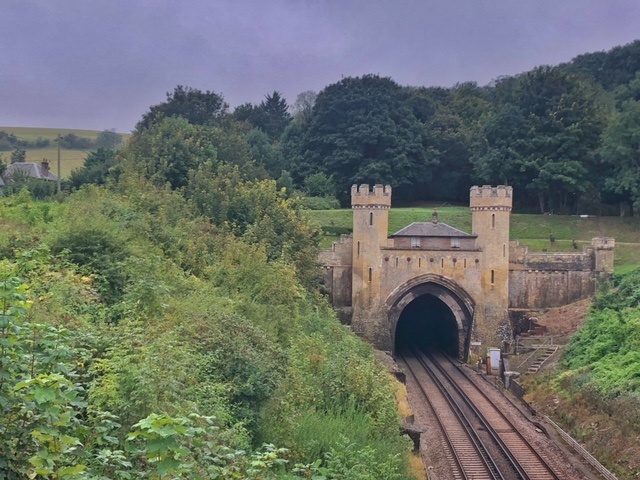
The outer façade is certainly pretty but the dark tunnel carries ugly memories.
Clayton Tunnel was the site of one of Britain’s worst railway tragedies in the 19th century.
Landmarks on Hassocks to Lewes walk #2: Jack and Jill Windmills
Steep hill alert. It was time to ascend to join the South Downs Way.
From the foot of the hill in Clayton, I looked up and found a great source of climbing motivation: two gorgeous windmills.

Jack and Jill windmills are a good-looking pair, a nice attraction for visitors to Sussex.
Jack Mill is a private house so you can only appreciate him from a distance.
Jill Mill, on the other hand, welcomes visitors on Sundays in the summer. Or, you can always check out a virtual tour of the 19th century corn windmill here.
Bedecked in a gleaming coat of white paint, she dazzles on the hilltop.
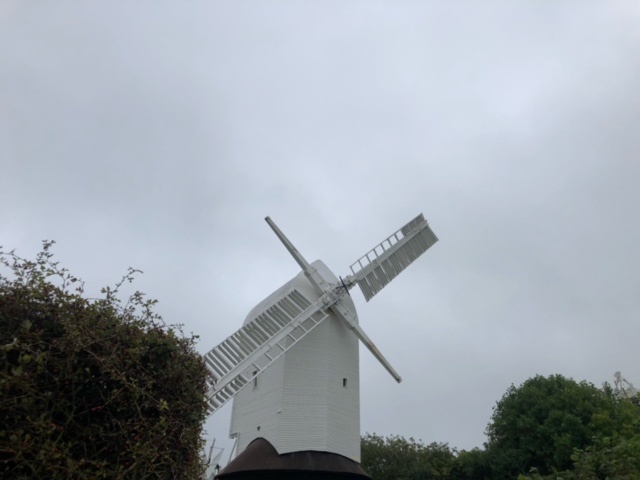
Hassocks to Lewes walk: Clayton to Ditchling Beacon
Once you ascend the ridge and go past the windmills, the walk flattens out to become an enjoyable stroll across grassland.
I walked on an autumn morning and for the first couple hours there was nothing but countryside shrouded in mist. And (I can’t believe I’m saying this but…) it was beautiful.
Mist and I have come a long way…it was not long ago that I detested it.
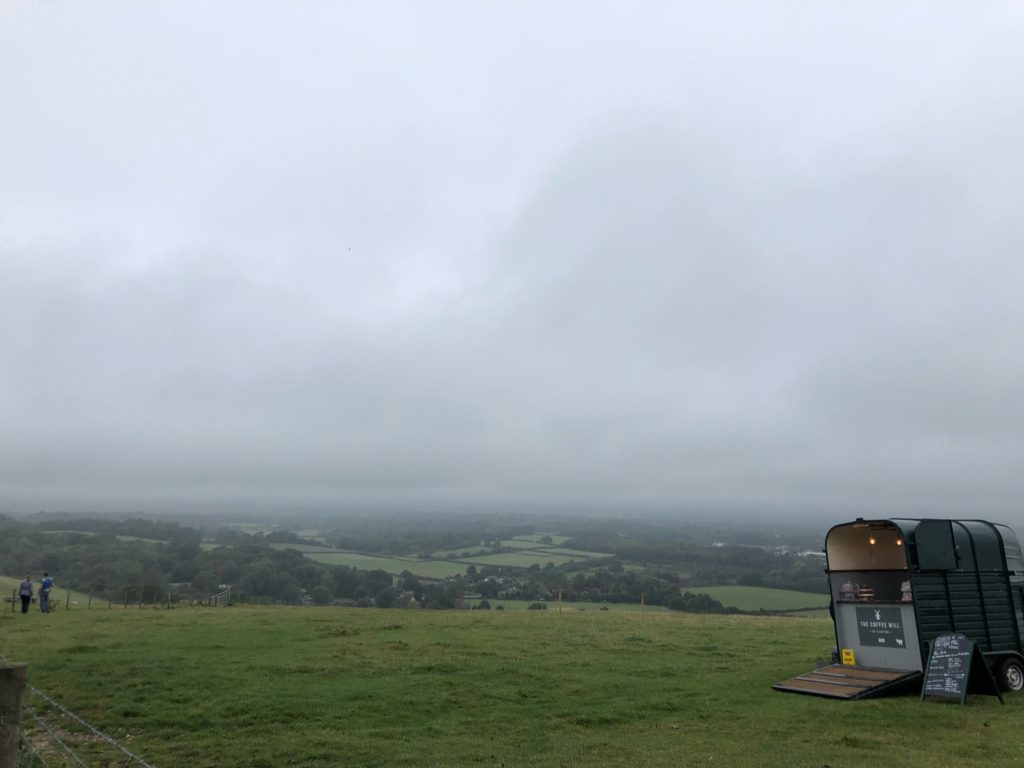
Add in a light drizzle and (again, I can’t believe I’m saying this too…) it made for the perfect walking weather. Cool and serene.
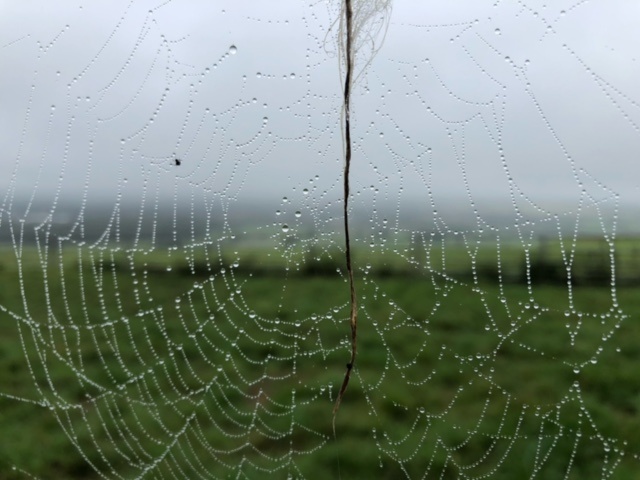
This section of the South Downs Way is popular with mountain bikers as well as joggers. What a treat is must be to call the South Downs your regular exercise route!

Hassocks to Lewes walk via Ditchling Beacon: Viewpoint
“Hey, is it safe to cross?” I shouted over to two cyclists on the other side of the road.
One of them was bent over trying to catch his breath, I realised belatedly. He looked over at me as if I had two heads. The other cyclist signalled that the coast was clear before grunting “that hill is a monster!”
This was the clue that gave it away – I’d arrived at Ditchling Beacon. At 248m / 814ft it’s one of the highest points in the South Downs after Butser Hill (270m / 890 ft) and Black Down (280m / 919ft).
Every year in England, lots of amateur cyclists embark on the 55 mile London to Brighton Cycle ride. It’s a compelling idea – a city to coast ride that takes you through lovely country lanes in the South Downs. I can practically hear the crunch of pebbles under my bike tires and feel the cool dewy air as I write this…
But then the steep road hill climb at Ditchling Beacon comes along and dashes that romantic vision. I’ll pass.
Also read: Kayaking at St Andrews Lakes in Kent’s North Downs
Not having visibility across the landscape at this section of the walk was a disappointment. Panoramic views from Ditchling Beacon is a major highlight of the Hassocks to Lewes walk. Scratch that – it’s a top viewpoint in all of the South Downs.
Hassocks to Lewes walk: Ditchling Beacon to Lewes
Thankfully, the mist cleared soon after and the Sussex countryside revealed herself. A picture of thriving farmland emerged as far as my eyes could see.
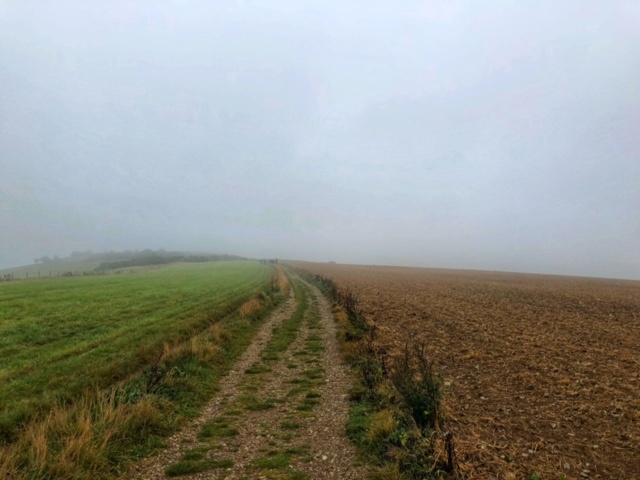
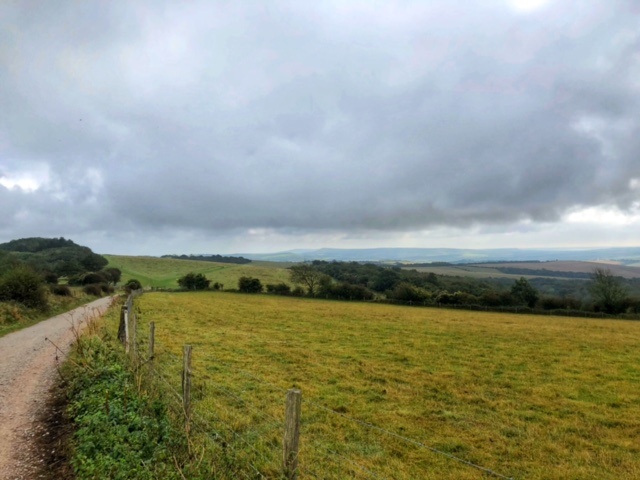
The trail eventually broke away from the South Downs Way. 3 more miles to go.
At this point on the walk, grassland and woodland converged.

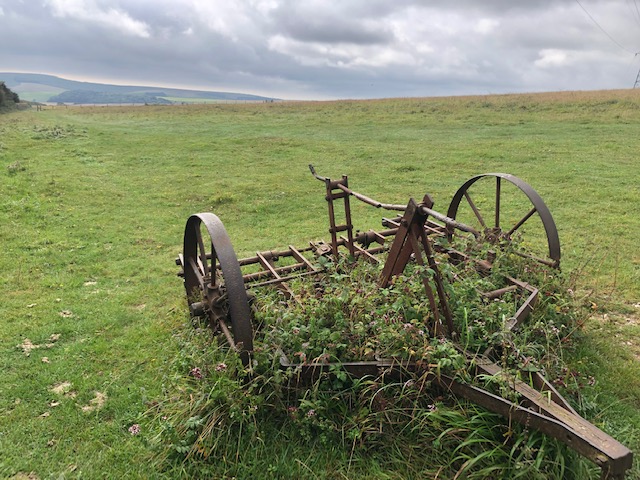
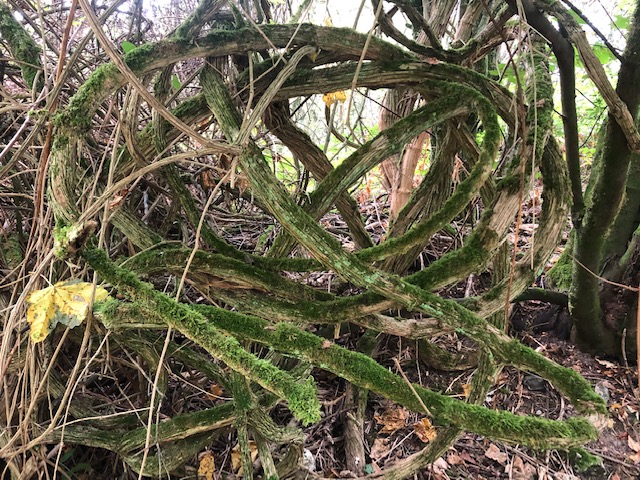
The other feature of this Hassocks to Lewes walk which I should have mentioned to you by now are all the animals. You will see LOTS of them.
On my walk, I spotted cows, horses, lamb, rams, and swifts (birds).
The South Downs is also a hotspot for birdwatchers.
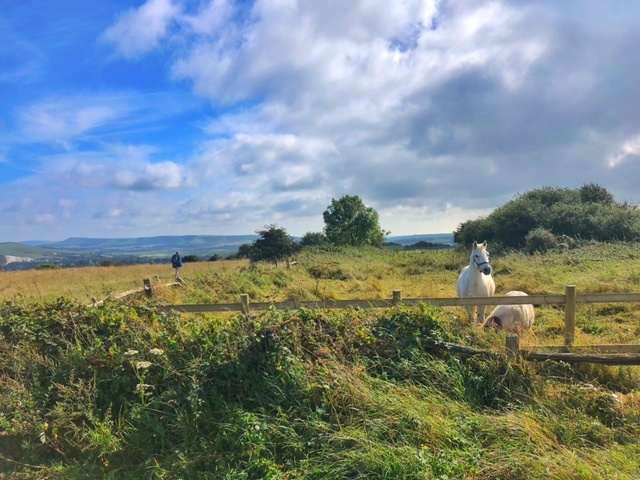
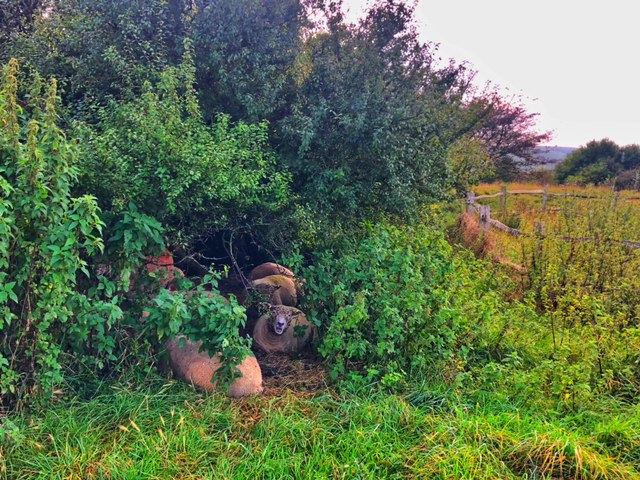
The town of Lewes came into sight, nestled within the Ouse Valley.
The view here is an exquisite mix of town, valley, chalk cliffs and the coastline at the furthest distance.
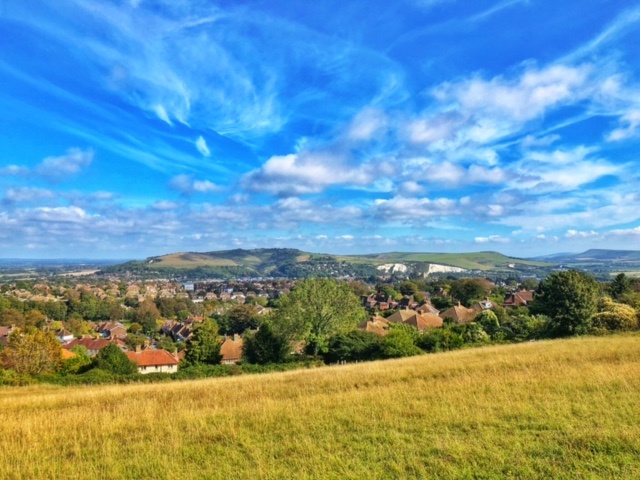
Hiker’s Highlight: People you meet while walking the South Downs Way
As I began my descent, I started chatting with a fellow walker. It’s something I love to do but you’ve got to feel out folks on the trail first… For instance, did they make eye contact? Smile in return? Anything?
As he spoke, I noted that the correct pronunciation of Lewes is really “LOO-iss”, not “Loos” as I’d been calling it. And that bit of learning was just the tip of the iceberg.
He revealed that he was on the lookout for sloe berries to make homemade sloe gin for Christmas.
Sloe berries? Gin? Sloe berry gin?!!
I was immediately intrigued. (In other words, the words were barely out of his mouth and my Christmas cocktail project was forming in my head.)
There was just one catch – I hadn’t the faintest clue what a sloe looked like…
Happy hunting, indeed.

Thanks to that brief alliance on the walk down to Lewes, my holiday season is shaping up to be berry bright!
Hassocks to Lewes finishing point
Lewes is a historic market town with lots of charm. While I couldn’t stay, a brief wander around the town confirmed that it’d be a nice place to spend an afternoon.
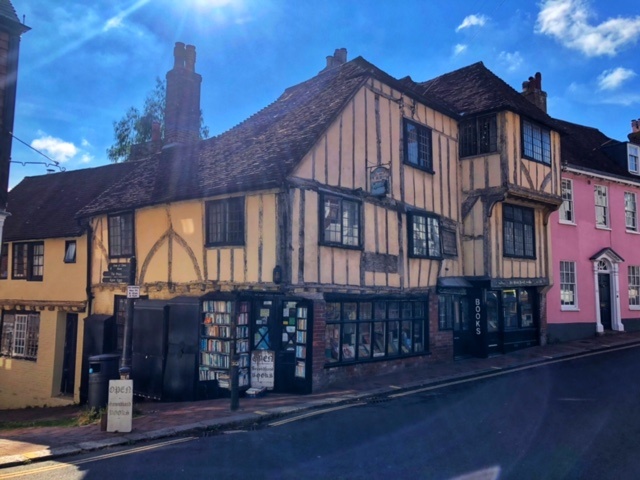
Lewes Castle and Lewes Priory are popular places of interest in Lewes. Personally, my historical inclinations lean more towards the 19th century brewery in town, Harvey’s. It is said to be the oldest independent brewery in all of Sussex.
For great food and garden ambiance, my sloe berry buddy recommended The Swan Inn. I’ll likely be back to have a Sunday roast there after another South Downs walk.
Coming up: walking the full South Downs Way (in stages)
“Another South Downs walk” – that’s right guys. More South Downs walks are on the horizon.
While I was up on the ridge, I made a spur of the moment decision to walk the full South Downs Way. Over multiple visits, of course.
Excited to share more as this plan develops!
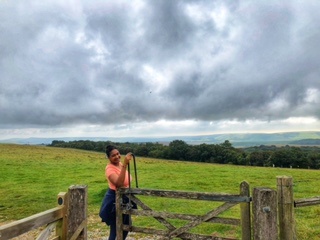
Discover more from Simone Says GO!
Subscribe to get the latest posts sent to your email.

